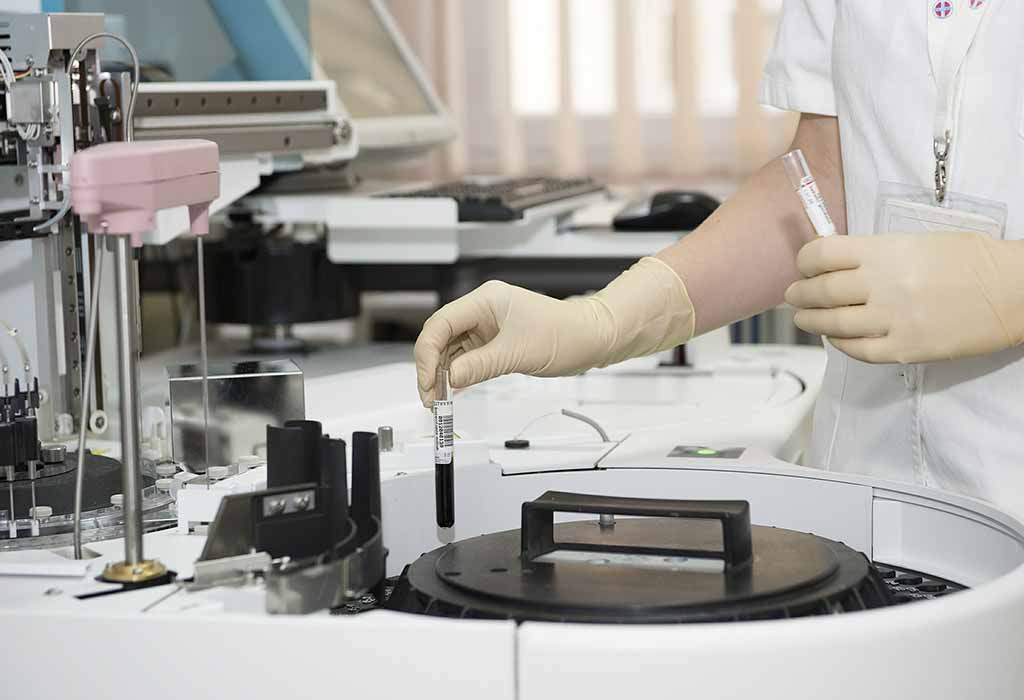How a blood test can detect melanoma
Australia and New Zealand have the highest incidence rates of melanoma skin cancer in the world. It’s a particularly aggressive disease, but most often curable if it’s detected early enough—catching the primary tumour at an early stage has a 99 per cent survival rate. If it’s left too late, however, survival rates plummet to 15–20 per cent.
Early diagnosis is absolutely critical. Doctors currently rely on visual examination of suspicious-looking skin spots, with biopsies taken of any areas of concern. An extra-cautious approach to testing for potentially cancerous lesions means there are a lot of biopsies undertaken. Not only are these invasive and unpleasant procedures for the patients, but with three out of four biopsies returning negative results, it’s also very costly for our healthcare system.
An additional tool to assist with detection may be on the way. Researchers at Edith Cowan University in Western Australia have developed the first known blood test capable of detecting melanoma skin cancer in its very early stages: a new tool to test for the deadly disease.
How can a blood test detect cancer?
A range of blood tests are already used to detect various other cancers. These typically test for the presence of specific antigens (substances that can trigger an immune response) released by tumours into the bloodstream. These are also collectively known as biomarkers: substances that might indicate the presence of an underlying condition.

In the case of this newly-developed melanoma blood test, researchers were looking for something a bit different: autoantibodies. Unlike regular antibodies, which are produced by the immune system to fight off anything foreign that’s not supposed to be in the body, autoantibodies are produced in response to the body’s own tissues. This causes autoimmune disease when they’re trying to wrongfully fight off your own normal cells. They’re not always bad, though—they can also be produced in response to your own cells doing something that they shouldn’t be, such as multiplying out of control or producing abnormal proteins that result in formation of a cancerous tumour.
A whole bunch of autoantibodies are produced when cancerous melanoma is present, even in its earliest stages. These can differ significantly from one melanoma patient to another, so designing a test that checks for just a single type of autoantibody wouldn’t be enough to routinely pick up the disease.
Testing for melanoma
In this study, researchers took blood samples from 124 people who had been diagnosed with early-stage melanoma, as well as from 121 healthy volunteers. They studied how these samples reacted with a range of antigens known to be associated with cancers, and narrowed down the number of autoantibodies that could be used to diagnose melanoma to 139.
That’s a lot of autoantibodies—way too many to screen samples for on a regular basis. So, they had to narrow it down even further. Thanks to some high level statistical analysis and modelling, researchers were then able to identify just the best 10 autoantibodies that, in combination, gave the most accurate result (in this case, a positive result for patients with known melanoma skin cancer.)
The blood test for this combination detected melanoma in 79 per cent of affected people, but missed it in 21 per cent. The test also had a specificity of 84 per cent, meaning that when it gave a positive result, it was a true positive 84 per cent of the time—but 16 per cent of the time, the test gave a positive result even when someone did not have melanoma.
What’s next?
The test still needs further development, including clinical trials, to test its effectiveness for a much larger number of people. Researchers will also look into finding ways to improve the accuracy of the test for the future. Those 139 autoantibodies that they identified might also come in handy for future melanoma treatment research, too.
It’s also important to note that melanoma is not the only type of skin cancer. This blood test won’t be able to screen for other more common skin cancers, such as basal cell carcinomas and squamous cell carcinomas, which would still need to be detected using other methods.
However, it’s a very promising step forward for melanoma research, which may provide health professionals with an additional tool that is less invasive and less costly to assist with catching melanoma before it’s too late. Regardless of medical advancements, remember that proper sun protection is the best way to prevent melanoma in the first place.





